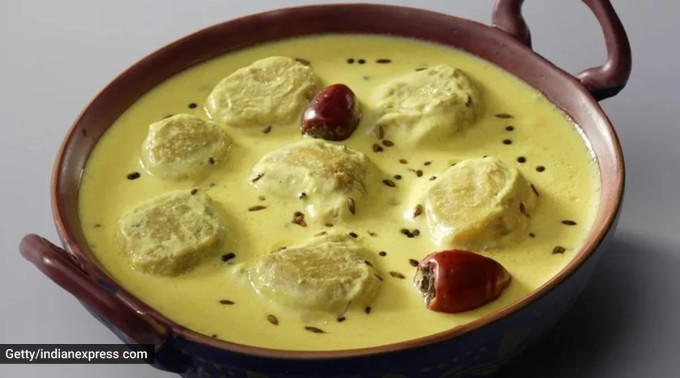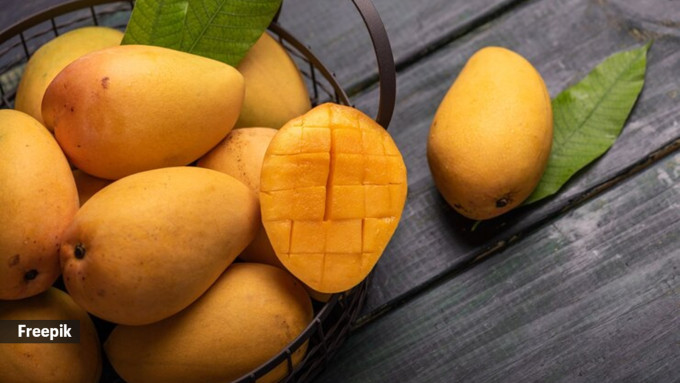How India added a little (starter) culture to the world of dairy and created curd
It’s difficult to avoid yoghurt or as we call it in India, curd, in this country. It’s one of the primary staples across regions. Either we eat it plain or we cook with it or we add a sweetener to it and eat it as a dessert – but you’re bound to find it in some form or the other across regional cuisines in India.
In Bengal, plain curd is rarely eaten as a dish in itself. We either cook with it, or we thicken milk, add caramelised jaggery or cane jaggery or sugar, before adding curd to it to make mishti doi.

I had never encountered curd being served as a separate meal component till my early teens when I was a bit of a vagabond and used to spend endless hours in various school friends’ houses. In my Punjabi friend’s house, a normal meal comprised a dry vegetable, a vegetable with gravy, chapatis and as much curd as you wanted to eat. I never developed a taste for plain unflavoured curd but noticed that it was always served in my Tamil friends’ homes, or with the thali at Andhra Pradesh Bhavan, and of course, in every North Indian home I have eaten at.
It’s definitely a healthier alternative to dousing your curd with jaggery. In fact, North India loves curd so much that when I got my beagle pups in Delhi, after having close to 30 pet dogs, I was told by every vet I met to feed them curd with bread and not milk! All species deserve good bacteria and some ‘culture’ after all.
The West might have just discovered ‘hung curd’ but in India, we have been draining curd of liquid by hanging it in a muslin bag as far back as 500 BC – according to a recipe for shikarini, a blend of hung curd and sugar and spices. This is one step up from how curd is made across millions of homes across millennia, by boiling cow or buffalo milk, cooling it down, adding a small quantity of curd from an earlier batch as a starter culture, and leaving the covered bowl in a warm place overnight to miraculously form curd. The tartness of the curd depends on how long you culture the milk.
 Kadhi is commonly consumed in many households in India. (Photo: Getty Images/Thinkstock)
Kadhi is commonly consumed in many households in India. (Photo: Getty Images/Thinkstock)
Very early Vedic references, though, mention using the ber fruit, the bark of the palash and the puthika creeper instead of curd as a starter culture. Tamil literature interestingly refers to starter curd as “a white mushroom”. Earlier, before refrigerators made an entry into our lives, curd was stored in leather bags for short periods, although extra curd was usually immediately made into butter.
Curd with different levels of acidity was considered to have different effects on the body and there are numerous historical references stating so. In fact, a precursor to what sounds like ‘kadhi’ to me, is a dish termed ‘kadha’ in medical literature which was made by adding sour woodapple and the Indian sorrel leaf to curd and then seasoning the dish with pepper and cumin.
The eating, preparation and medicinal attributes of curd go so far back in Indian history and tradition that curd is one of the five components of panchagavya, the mixture used in traditional Hindu rituals according to Vedic rituals. But along with its inclusion in rituals and cuisines for millennia, curd comes with its own set of taboos. Curd which is more than 24 hours old cannot be consumed by Jains. And medical literature states that curd should not be eaten at night and should be eaten in only three of the six seasons of the year – namely autumn, spring and summer.
Despite the Arthashastra mentioning the marination of meat in curd before cooking, many new-age dieticians will tell you not to mix curd with meat or fish. If this were the case, Bengal and Kashmir where curd is used generously in meat, chicken, and fish dishes around the year would be uninhabited. But what would culinary history be without a few superstitions or taboos thrown in for good measure?
A version of Thayir Sadam or curd rice is mentioned as a blended curd rice dish called karambha in the Rig Veda. In early Tamil literature, thayiru (curd) is flavoured with pepper, cinnamon and ginger. In a meal recorded in 1000 AD, a dish of spiced vegetables cooked in curd and topped with a baghar or tadka similar to the palidhiya of Karnataka is mentioned.
So every time you see a recipe for hung curd in muslin or how to make curd at home by some celebrity chef or social media influencer, remember that it was India that added culture to the world (of dairy).
I have included a recipe for Mango Raita which you could try. It’s fairly simple:
MANGO RAITA
Ingredients:
2 ripe mangoes – chopped
400 gm curd
½ tsp red chili powder
Salt to taste
4 dried red chilies
½ tsp of mustard seeds
Handful of curry leaves
1 tablespoon vegetable oil

Procedure:
Whip the curd slightly, then add the chopped mangoes, chili powder and salt to taste.
Chill in the fridge.
Right before serving, make a tadka with the oil, red chilis, mustard seeds and curry leaves – making sure not to burn the leaves and pour the hot tadka over the cold yoghurt.
Stir only while serving.
ALSO IN THIS SERIES
Mind your temper(ing): demystifying tadka, a very common cooking procedure
Pachadi: Relish this South Indian pickle that has been around for over 1,500 years
From taboo to tradition, how paneer found a place in Indian cuisine
Garam masala: Bringing a little heat into the kitchen and your dishes
Is vegetable biryani just dolled up pulao? Which came first?
Cutting chai to Earl Grey tea: Journey of the Chinese hot beverage to India via Britain
‘Ande ka funda’: A deep dive into the history and popularity of eggs in India
Next week, I’ll be writing about the coconut and its connection to Hindu mythology amongst other interesting trivia.
📣 For more lifestyle news, click here to join our WhatsApp Channel and also follow us on Instagram
Disclaimer: The copyright of this article belongs to the original author. Reposting this article is solely for the purpose of information dissemination and does not constitute any investment advice. If there is any infringement, please contact us immediately. We will make corrections or deletions as necessary. Thank you.

